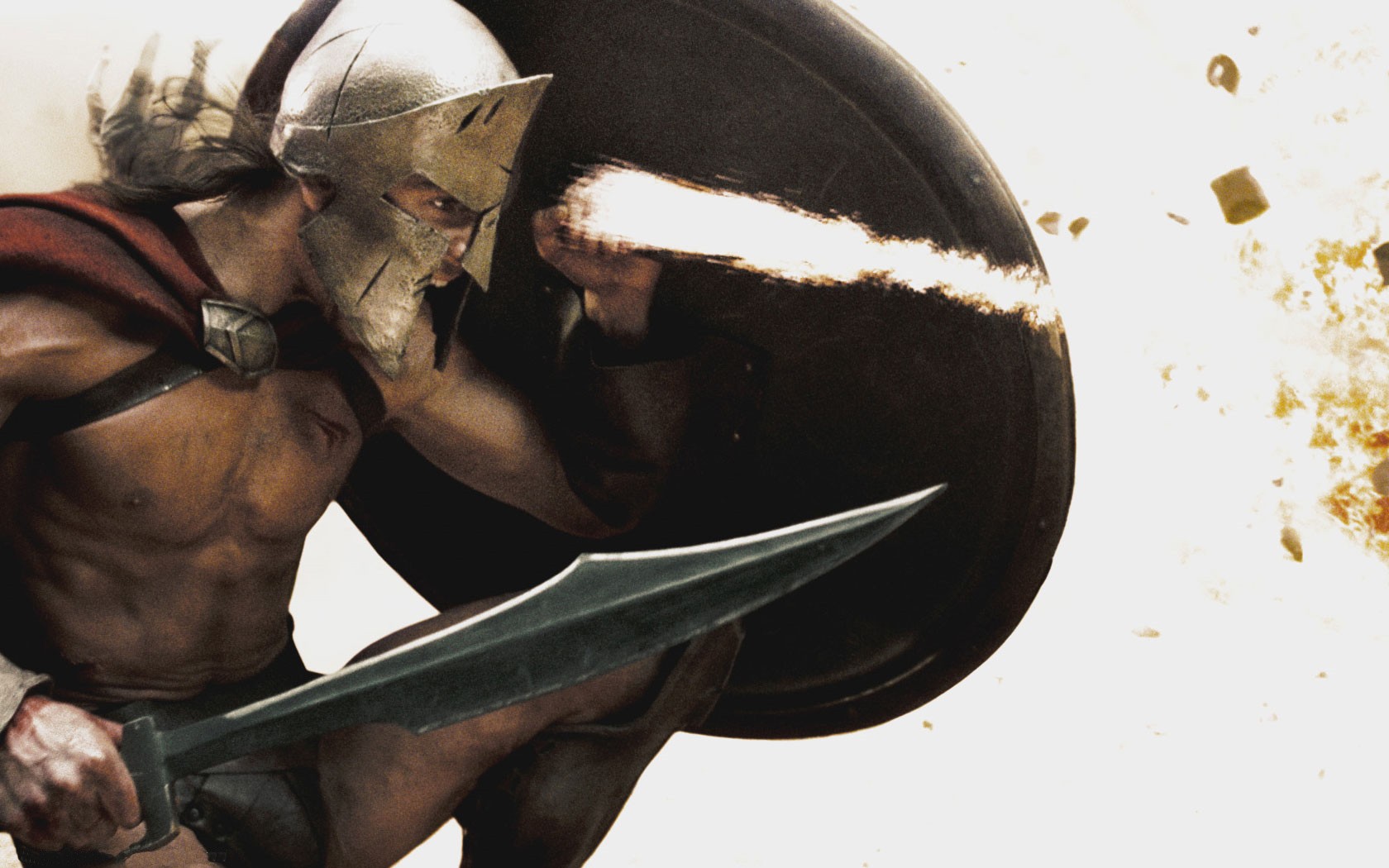

As I read most of the comments and watched this film, I find that most of what happened took place is allegorically mentioned in Scripture.

I find rather strange that none of the commentors submitting on this blog, never mentions or references The Torah or The Septuagint asan authenticating source for the events taking place in this Doc. Discover what the Spartans were fighting for, what made them capable of such heroics acts. The complications and strategies of the conflict are revealed through careful analysis, and critical moments are reconstructed to show exactly what happened. Transporting dramatizations and incisive graphics put you in the heat of the battle and show the lay of the land. Now, The History Channel offers a definitive perspective on the epic conflict with this instructive and thrilling feature-length presentation.

The Battle of Thermopylae is literally a textbook case, required reading even to this day at military colleges and officer training around the world. Relying on brilliant tactics, lifelong training, and unshakable allegiance, the doomed Spartans achieved the impossible. To a man they paid with their lives but their stunning Last Stand assured that their sacrifice would resonate throughout history. After several successful battles, the Hellenes ultimately defeated the Persian army and repelled their invasion in the Battle of Plataea in 479 BC.It is almost impossible to understand how 300 Spartans managed to hold off the million-man Persian army for even a moment, much less seven days. The Persians' morale dropped to zero, and the Hellenes lost their fear for the Persian conqueror and organized their defense. The impact of the battle was enormous for both sides. For the Pelloponisians, (including the 300 Spartans) the sign generally read (free translation) 'In this place 4,000 Pelloponisians fought 30 millions).' For the 300 Spartans (Lakaedaemonians), the sign reads (free translation) 'Oh foreigner, tell the Lakaedaemonians that we are buried here obeying their laws,' meaning that they never hesitated and never retreated from the enemy. Then battle signs where made for the dead of each Hellenic faction. From the beginning of the battle, the Hellenes buried their dead in the spot where they fell. After a final battle led by King Xerxes himself, the Hellenic force was slain and their heroism and glory was written forever in history. The whole Persian campaign would have failed if it hadn't been for Efialtes, who showed Xerxes a secret passage to the Hellenic flanks. King Leonidas replied 'molon lave,' which means 'Come and get them.' The threeday battle began, with the 300 Spartans and 700 Thespians (the other Hellenes where sent by Leonidas to protect passages to their flanks) slaying thousands of Persians with minimal losses.

Xerxes tried to convince Leonidas to drop weapons, give up his position, kneel before him and live on as a local governor under Xerxes. King Xerxes waited four days for the Hellenes to be frightened and eventually surrender and was quite astonished by his opponents' complete apathy. The great historian Herodotus, possibly exaggerating, states that there were 1,700,000 Persians (their true number could have been anywhere from 100,000 to 1,000,000) against 7,000 Hellenic hoplites and slaves, including the 300 men of the Spartan King elite guard. This passage was, at that time, 12 meters wide. It is then decided that a small force should block Xerxes' way to southern Hellas in the Thermopylae passage. A year earlier (481, BC) a Panhellenic consortium of all southern citystates had already recognized the superiority of the Spartan army (the best organized and trained army at the time) and had declared King Leonidas as supreme commander of the combined Hellenic army. In Sparta, King Leonidas consults the local oracle, who gives two options: Either a spartan king will have to be sacrificed, or Sparta will be burned to the ground. But the people of Athens and Sparta, the largest Hellenic powers at the time, feel quite insulted by the Persian emissaries' request to surrender to Xerxes, and so slay them. The previous Persian invasion and diplomatic attempts have already turned most northern Hellas tribes and states to the Persian side. It is spring 480 BC, Persian King Xerxes, continuing his father Darius' master plan to conquer the Hellenic citystates, arrives in Hellas.


 0 kommentar(er)
0 kommentar(er)
